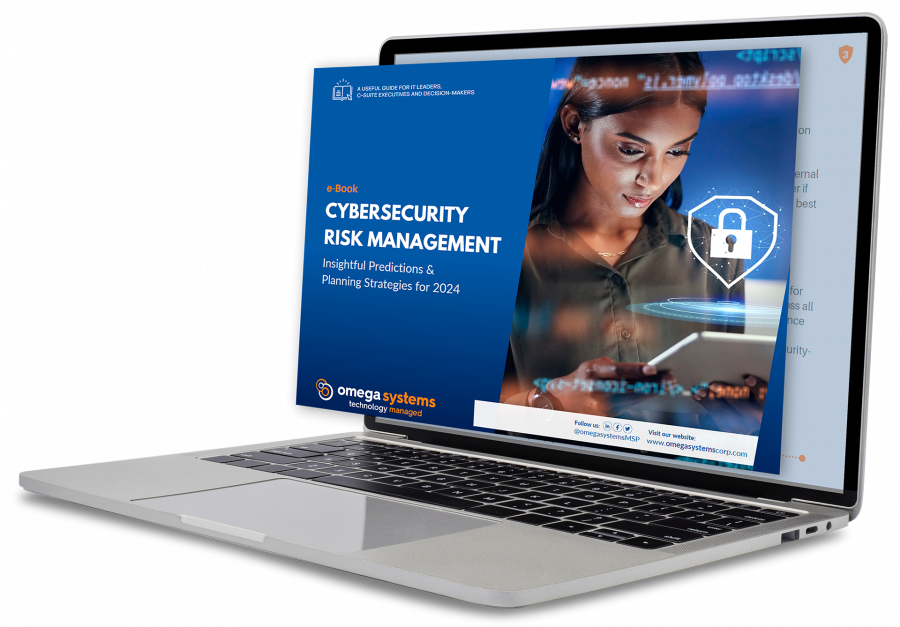
The combination of the time period we are living in and the on-set of COVID and remote work has increased the number of conversations happening about cybersecurity. Cybersecurity is a huge umbrella term and involves such a wide range of solutions. What cybersecurity looks like for one industry or business could be completely different for another.
For example, we serve a multitude of industries. Some of these include healthcare, education, and shipping. On paper these industries don’t seem related at all BUT they connect over the need for specified cybersecurity. The healthcare industry is well known for it’s HIPAA compliance requirements and you can only imagine the amount of BYOD devices that need to be connected to a network within an educational institution.
Some businesses have to monitor the security aspect of the ten different kinds of software they are running simultaneously. In addition to the various underlying servers to run them and firewalls to secure them. That’s where Security Information and Event Management comes in and is truly a useful solution no matter your industry.
What is SIEM?
Think of Security Information and Event Management (SIEM) like a centralized command center that allows you to gain enhanced visibility into the logging and events from all of your disparate systems. What are these systems you ask? A few are firewalls, servers, mail/collaboration, SAAS applications, and others.
In a less technical sense, SIEM is a way to look at any and all potential security threats across your various software but from one location. SIEM platforms can ingest all of this information, parse it using AI, and generate alerts based on collating all of the information provided and identifying legitimate threats.
Not only do SIEM tools enhance your security but they save time by eliminating the extra work of having to check all your different software. SIEM also has the ability to weed out any false alarms so your team isn’t addressing non-issues.
Security Operations Center
So where does all this log management and monitoring occur? A security operations center, or SOC is designed to deal with the issues the SIEM software detects. The SOC is more focused on people and processes. The SOC is there 24/7 to jump into action when your SIEM tools detect an issue.
On top of identifying incoming threats, the SOC also ensures you’re meeting your compliance needs, manages your endpoints, updates your firewalls among other things.
If you would like to find out if your business is ready for SIEM and an SOC contact The TNS Group today.
Categories: Managed Service Provider, MSP Blogs




